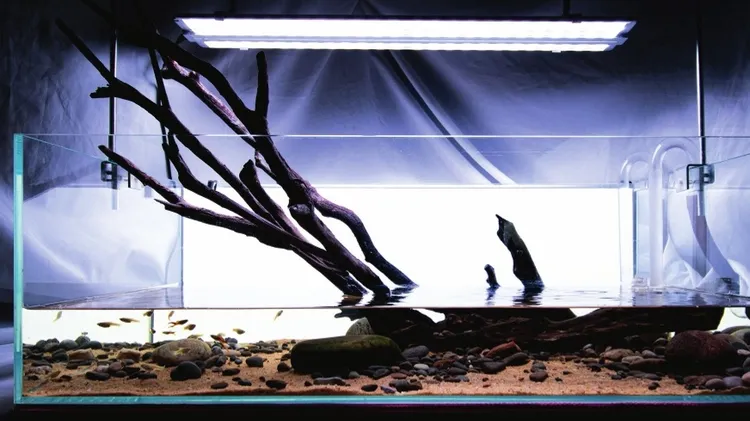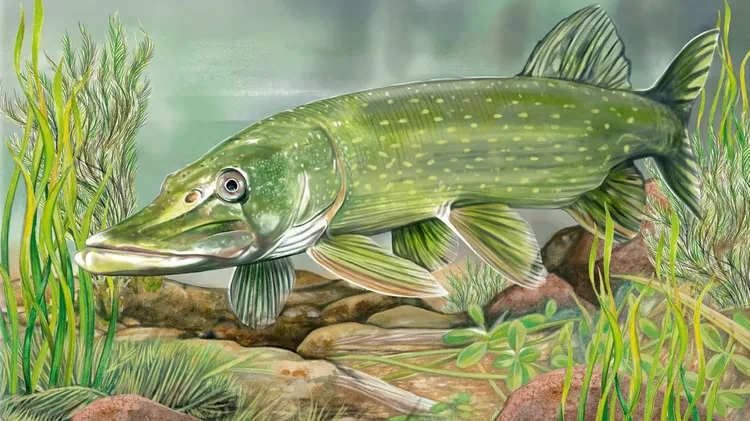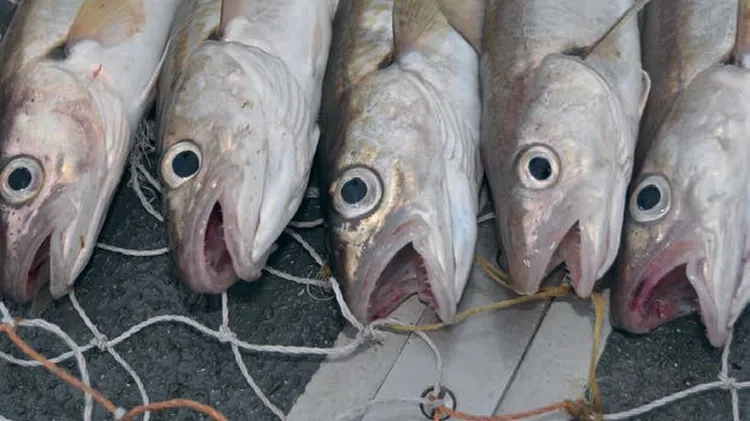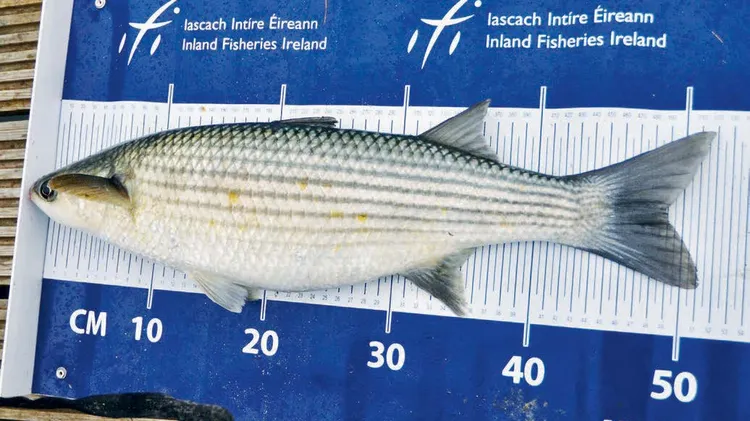With stream tanks becoming all the rage, here’s one catfish the flow lover shoul
Funny face!
2 min read
This article is from...
Read this article and 8000+ more magazines and newspapers on Readly






